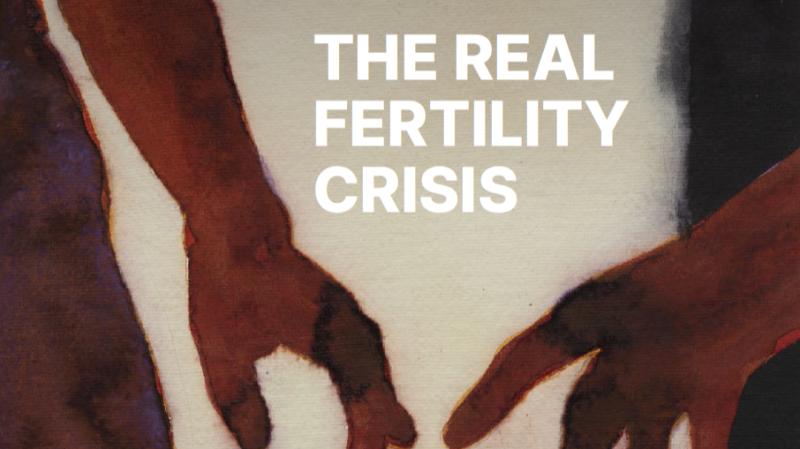- Courses
- GS Full Course 1 Year
- GS Full Course 2 Year
- GS Full Course 3 Year
- GS Full Course Till Selection
- MEP (Mains Enrichment Programme) Data, Facts
- Essay Target – 150+ Marks
- Online Program
- GS Recorded Course
- NCERT- First Ladder
- Polity
- Geography
- Economy
- Ancient, Medieval and Art & Culture AMAC
- Modern India, Post Independence & World History
- Environment
- Governance
- Science & Technology
- International Relations and Internal Security
- Disaster Management
- Ethics
- Current Affairs
- Indian Society and Social Issue
- CSAT
- 5 LAYERED ARJUNA Mentorship
- Public Administration Optional
- ABOUT US
- OUR TOPPERS
- TEST SERIES
- FREE STUDY MATERIAL
- VIDEOS
- CONTACT US
Ocean Protection Needs $15.8 Billion
Ocean Protection Needs $15.8 Billion

Why in the News?
- A new report titled “The Ocean Protection Gap: Assessing Progress toward the 30x30 Target” has highlighted a massive shortfall in global ocean protection funding.
- This report was released ahead of the United Nations Ocean Conference 3 (UNOC3), to be held in France from June 9–13, 2025.
- The report calls for urgent action to protect 30% of the world’s oceans by 2030.
|
30x30 Target:
United Nations Ocean Conference:
Third UN Ocean Conference (UNOC3):
|
What are the Key Highlights?
|
Category |
Details |
|
1. Investment Needed |
1. $15.8 billion annually to meet the 30x30 target |
|
2. Current Investment |
2. $1.2 billion annually |
|
3. Funding Gap |
3. $14.6 billion annually |
|
4. Contribution of Oceans |
4. Generates 50% of global oxygen- Absorbs carbon and regulates climate, $2.6 trillion in annual economic value, Supports 7% of global trade (shipping, tourism, fisheries, marine energy) |
|
5. Protection Status |
5. 8.6% of oceans under protection, Only 2.7% effectively protected |
|
6. Financial Distribution |
6. 90% of funding is public, 78% spent domestically, 12% from Official Development Assistance (ODA) |
|
7. Funding Appeal |
7. Developed nations are urged to contribute $20 billion/year by 2025 and $30 billion/year by 2030. |
|
8. Equity in Contributions |
8. Norway and Sweden are meeting their fair share. Most developed nations are contributing less than 50% of expected share |
What is the Significance of the 30x30 Target?
- Ecological Significance:
- Oceans host diverse ecosystems and marine biodiversity.
- Marine Protected Areas (MPAs) help preserve coral reefs, seagrass beds, and critical fish habitats.
- Marine Protected Areas (MPAs) are designated regions of oceans, seas, or coastal waters established to conserve marine ecosystems, biodiversity, and cultural resources while often allowing sustainable use.
- Climate Change Mitigation:
- Oceans absorb 25% of CO₂ emissions annually.
- Healthy oceans reduce climate-related disasters like cyclones and sea-level rise.
- Economic Returns:
- Investments in MPAs and OECMs can yield $85 billion/year by 2050.
- Benefits include:
- Sustainable fisheries
- Coastal protection
- Enhanced tourism revenues
- Blue economy job creation
- The blue economy refers to the sustainable use of ocean, sea, and coastal resources to drive economic growth, improve livelihoods, and create jobs while preserving marine ecosystem health.
- It aligns with Sustainable Development Goal 14 (SDG 14) and encompasses activities like fisheries, aquaculture, maritime transport, renewable energy (e.g., offshore wind, wave energy), tourism, biotechnology, and seabed mining, all managed to minimize environmental impact.
- Geopolitical and Developmental Implications:
- Blue diplomacy can enhance South-South and North-South cooperation.
- Blue diplomacy refers to international cooperation and negotiations focused on sustainable ocean governance, resource management, and marine conservation.
- Marine resources critical for food security in developing countries.
- Blue diplomacy can enhance South-South and North-South cooperation.
Challenges and Way Forward
|
Challenges |
Way Forward |
|
1. Huge Financing Gap: $14.6 billion shortfall annually |
1. Mobilize global funds through innovative mechanisms like Blue Bonds and Debt-for-Nature Swaps |
|
2. Unenforced MPAs: Only 2.7% of oceans are effectively protected |
Improve monitoring, staffing, and enforcement of existing Marine Protected Areas |
|
3. Low Political Will: Few coastal countries have concrete 30x30 action plans |
Push for binding international commitments and accountability mechanisms through UNOC3 |
|
4. Inequitable Financial Contributions: Only a few countries are paying their fair share |
Ensure equitable burden-sharing, especially by developed nations |
|
5. Over-reliance on Public Funding |
Encourage private investments post-2030, especially from impact investors and climate funds |
|
6. Harmful Subsidies for fishing and fossil fuels |
Repurpose subsidies toward conservation and community-led ocean stewardship |
|
7. Climate and Policy Fragmentation |
Promote integrated marine spatial planning and blue economy strategies |
Conclusion
The global ocean protection crisis demands immediate action to close the $14.6 billion funding gap and achieve the 30x30 target. Through innovative financing, stronger enforcement of Marine Protected Areas, and equitable international cooperation, UNOC3 in Nice offers a critical platform to advance sustainable ocean governance, protect biodiversity, and secure economic and climate benefits for all.
|
Ensure IAS Mains Question:
Q. The 30x30 target for ocean protection is critical for ecological balance and economic sustainability, yet it faces significant challenges." Discuss the ecological and economic significance of the 30x30 target and analyze the key challenges in achieving it. (250 words) |
|
Ensure IAS Prelim MCQ:
Q. Consider the following statements with respect to the ‘30x30 Target’ for ocean protection:
How many of the above statements is/are correct?
Answer: b
|



